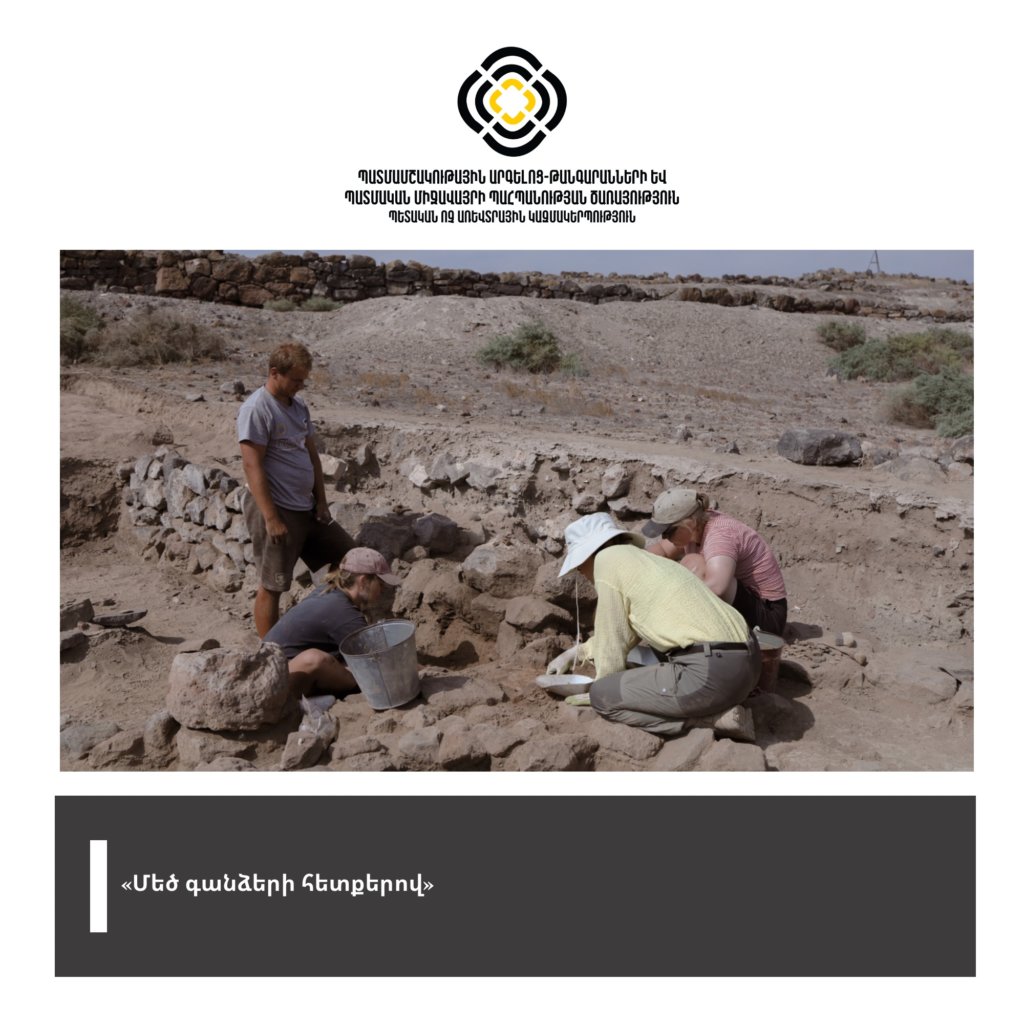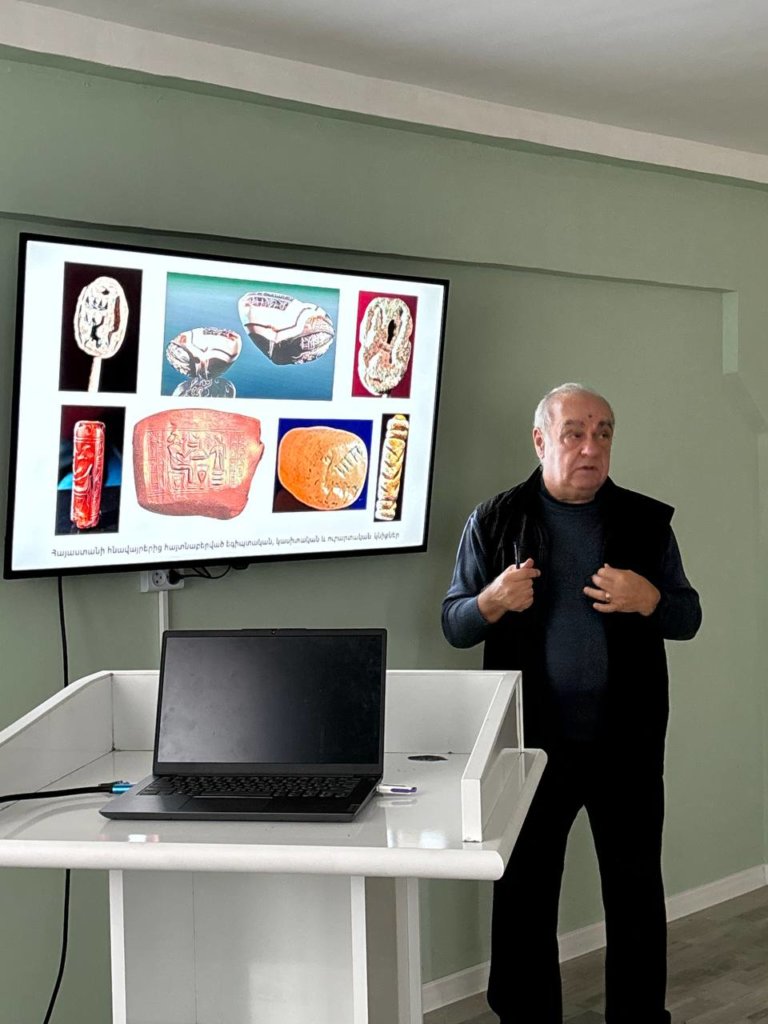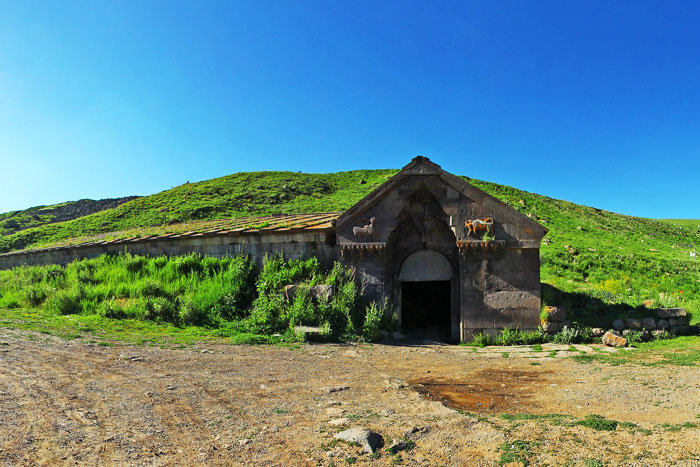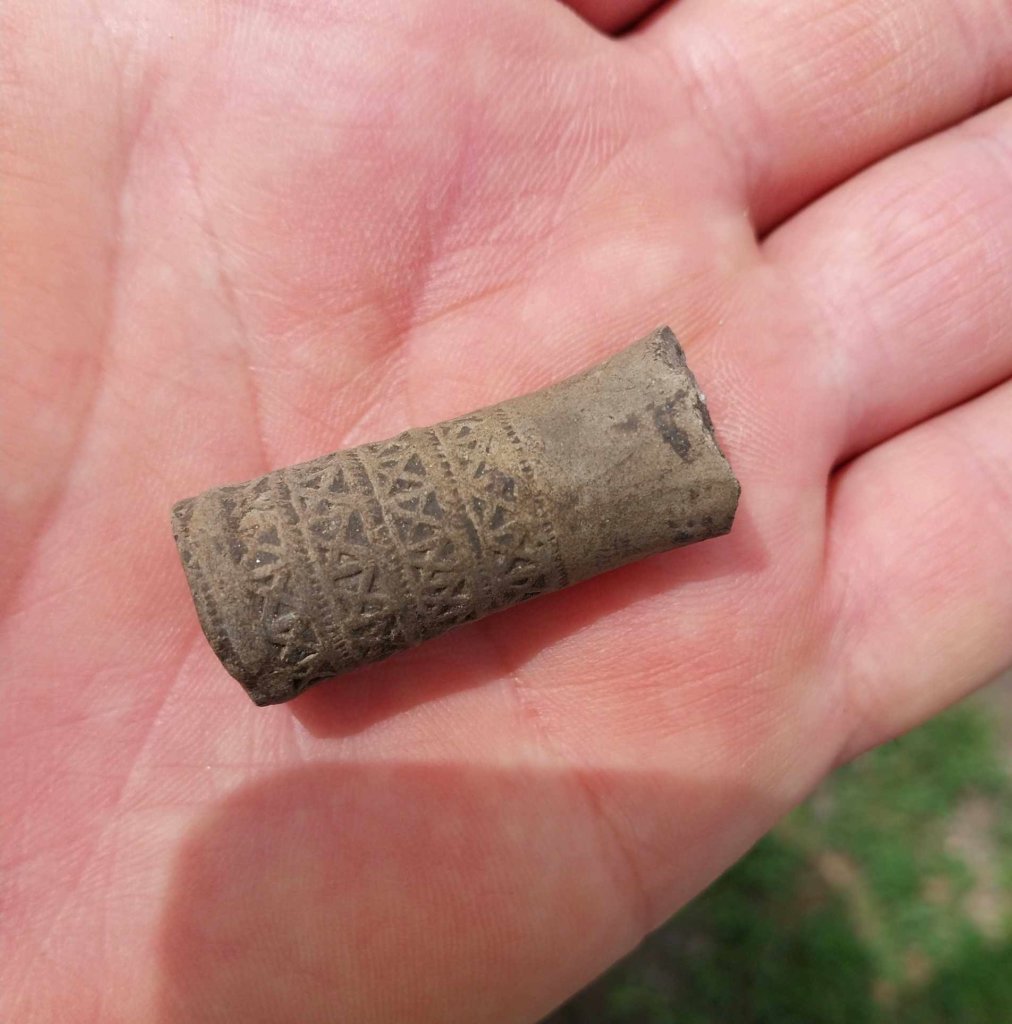On September 1st, 2022 archaeological excavations started in the territory of “Metsamor” historical and archeological museum-reserve. The expedition hopes to find an old Urartian cuneiform inscription revealing the name of the ancient city. The excavations are being carried out by the Armenian-Polish expedition. 6 archaeologists from the “Service for the protection of historical environment and cultural museum-reservations” SNCO led by Professor, Doctor of Historical Sciences Ashot Piliposyan are participating from Armenia.
Ashot Piliposyan – co-leader of the expedition, secretary scientist of the “Service for the protection of historical environment and cultural museum-reservations” SNCO, Doctor, Professor.
“This year we have started the excavations with great expectations and we truly hope to find the cuneiform inscription which will help us to learn the name of this ancient city. A cuneiform inscription, not Urartian, has been found in this area. We would like to find out how people lived 3000 years ago. We have several archaeological
layers here which are the clear evidence that the city was continuously inhabited for millennia”.
Co-leader of the Polish expedition is Director of the Institute of Archaeology of the University of Warsaw, Dr. Krzysztof Jakubiak. Several students from the faculty of Archaeology of the University of Warsaw are also taking part in the excavations.
Krzysztof Jakubiak – Co-leader of the Polish expedition, Director of the Institute of Archaeology of the University of Warsaw, Doctor, Professor.
“Together with our Armenian partners we have been working in the territory of “Metsamor” historical and archeological museum-reserve since 2014, and despite the fact that cooperation agreement expires in 2023 we still have a lot to do here. The archaeological materials found here are sent to the University of Warsaw to be researched, such as charcoal analysis so that to determine the age of cattle bones, as well as geomorphological studies”.
Archaeological excavations in the territory of “Metsamor” started in the early 1960s and have continued intermittently up to now. Some of the archaeological materials found here, such as rare remains of wooden objects, pottery, jewelry made of gold, silver and semi-precious stones, an agate frog-shaped scale of Ulam Buriariash (King of Babylon) with a cuneiform inscription, as well as carnelian seal with Egyptian inscriptions belonging to King Kurigazlu and about 1000 other valuable finds are displayed in “Metsamor” historical and archeological museum-reserve.
The excavations in the territory of “Metsamor” will be carried out about a month. The Armenian-Polish expedition is planning to excavate another tomb nearly 1 km away from the urban settlement.









